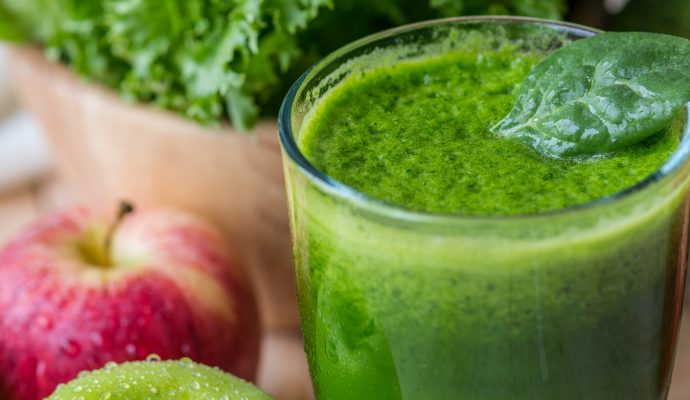 Fruit and veg is good for you. No one would argue with that.
Fruit and veg is good for you. No one would argue with that.
There has been a great deal of research in recent years to support the claim that eating more fruit and veg may be able to reduce the risk of heart disease, stroke, and cancer, while also helping to manage your weight. It can be a challenge to eat five portions of fruit and veg each day, even when you like vegetables. And now a new report suggests that eating 10 portions is what we need to stay healthy for longer. Most people don’t come nearly close to having enough, and I bet you’re wondering how on earth you’re going to manage that!
You’ve probably heard about the benefits of juicing and smoothies. Both are trending right now and there’s a huge debate. But what is better for your health – and losing weight- and are there any downsides? I’m going to give you the lowdown on both so you can get the hard facts from a nutrition professional and make an informed choice.
SMOOTHIES
The Benefits of Smoothies
When you make a smoothie, the whole lot is whizzed up in a blender. The juice and the pulp go in. This means that smoothies contain fibre. Fibre is good for you for so many reasons. It’s great for the digestive tract, helping to bulk out stools which helps you ‘go’ more regularly. Fibre supports weight loss because it helps slow down the absorption of sugar into the body, meaning that fruit and sugar-rich vegetables like beetroot and carrots are less likely to give you a blood sugar spike – albeit a natural one. Fibre absorbs cholesterol in your digestive tract and flushes it out of your body, which is helpful for reducing risk factors for heart disease.
Dietary fibre also activates a few hormones really helpful in weight loss (called PYY and CKK and GLP-1, since you ask). These are appetite suppressors, meaning you’ll want to naturally eat less the more veg you consume. Fibre also decreases levels of the hunger hormone ghrelin, and increases another hormone called leptin, which tells your body you’re full. So, all in all fruit and veg are the good guys.
Fibre isn’t the only good thing in a smoothie. In a 2012 study in which scientists blended and juiced grapefruit, researchers found that the blended fruit had a higher concentration of the beneficial phytochemicals than juices because that compound is primarily found in the fibrous membranes of the fruit.
Given a smoothie can be packed with fibre, it can even serve as a meal replacement if you’re smart about what you add in it- more on this next (breakfast would be the perfect example).
The Downsides to Smoothies
When you eat fruit and veg you have to chew them which helps breaks down the fibre This in turn slows down the release of the sugars, helping to prevent a blood sugar spike which can lead to fatigue, low mood, increased hunger, weight problems, sleep problems etc.
On the other hand, when you blend fruits and vegetables in a machine, although the smoothie still contains fibre, it’s been broken down (literally pulverized) super-fast during the blending process- basically, the blender is doing the work your digestive system should be doing, which takes both energy and time to digest.
Even if you’re making your smoothie at home, using only fruits and vegetables with no other added ingredients, you can drink it in just a few minutes, compared with the time it would take to eat the same fruits or vegetables whole. It’s very likely that you are also getting more calories and sugar when you drink a smoothie than when eating whole fruits or vegetables. Research shows that we don’t register liquid calories as accurately as food we’ve chewed. So, smoothies enjoy a “health halo” that can be misleading.
The Best Way to Have Smoothies
If your idea of the perfect smoothie is only fruit and some liquid … Well, that’s a sugar bomb waiting to happen and is likely to upset your blood sugar balance. Plus, if consumed too frequently, this will have you start piling on the pounds.
But, if you combine a little bit of fruit and mostly veg, with a healthy source of protein such as yoghurt, a handful of nuts and seeds, nut butter or a protein powder that would be best. Why? Firstly, with the addition of protein you’ll have a healthy, nutritious and filling meal to take with you on-the-go. And secondly, you’ll help avoid the blood sugar spike.
Also, quantity is important. To give you an idea, according to the national Eatwell Guide, we should only be having one serving of smoothie or juice, which is 150ml. That’s the same as a “mini” can of cola and less than half the size of a standard can of soft drink. If you’re using mostly veg in your juices and smoothies, and adding protein to your smoothies then the amount can be increased.
JUICING
The Benefits of Juicing
When you juice, your juicers extract the water and nutrients from what you feed it, leaving behind the pulp. Many juicers will also have a filter attachment, so you can remove even more ‘bits’ from your juice.
Given the lack of fibre, juices provide an almost immediate energy boost. The bulk of the vitamins and minerals found within a fruit are typically in the juice rather than the fibrous pulp. And without the fibre, the nutrients are absorbed into the body more efficiently. Additionally, the digestive system doesn’t have to work hard at all to process what you’re consuming. The cherry on top is that juicing allows you to eat a far higher range of nutrients from leafy greens and vegetables you wouldn’t normally eat in such quantity or blend – like cabbage and wheatgrass! Typically, juices (rather than smoothies) are a great way to detox.
Downsides to Juicing
When you juice, the fibre is usually removed. And without the fibre slowing digestion of the sugar in fruit, the juice drives up your blood sugar rapidly which can lead to symptoms discussed above. This can also contribute to insulin resistance, a precursor to diabetes.
If you juice mostly vegetables, you’ll get a potent dose of phytochemicals and disease-fighting compounds without all the sugar. But do it incorrectly, and you can get more sugar than a soda. Thing is, many “green juices” actually do have more sugar than a can of soda. Why? Because people don’t like bitter green juices and so most contain lots of fruit juice, carrots, and beets. A study in 2014 found that, on average, fruit juices contain 45.5 grams of fructose per litre, not far off from the average of 50 grams per litre in fizzy drinks. If it has more than 5 grams of sugar, stay away.
Verdict
Which is better depends very much on what your health goal is. Juicing offers the possibility of getting in a greater concentration of nutrients, increasing your fruit and vegetable consumption, and possibly making it easier on your tummy if have a hard time digesting the fibre in vegetables.
On the other hand, fibre IS super important in your diet, and in juices you are missing out – plus you could also be losing other important elements like antioxidants.
For weight loss, energy, mood, PCOS, high cholesterol the added fibre is a huge bonus for balancing your blood sugar levels. Smoothies provide this. They also bring the possibility of adding other beneficial ingredients, like collagen (for arthritis suffers), protein powders, prebiotics, nuts or seeds.
Ultimately, you need to consume more fruit and veg than you are currently eating. Both smoothies and juices give you options to consider.
HEALTHY JUICES
Green juice
2 apples
4 stalks celery
1 orange
½ lemon
5 handfuls spinach
½ thumb ginger root
Start with the spinach. A good tip is to try to roll it into a ball in your hands before feeding through the juicer. Peel the orange and lemon, then juice. Cut the apples into halves, then juice the rest.
Green goddess
3 cups spinach
6 stalks celery
2 pears
½ cup parsley
½ lemon
Start with the spinach and parsley, rolling them into a ball in your hands before feeding through the juicer. Follow with the lemon (peeled), then juice the remaining ingredients.
Liver cleanse
1 apple
1 beetroot
3 beet leaves (or a small handful of spinach)
4 carrots
1 stalk celery
½ thumb ginger root
Cut the beetroot and apples in half to juice. Add the ginger and celery. Roll the leaves into a ball (makes it easier to juice). Cut the skin from the pineapple (but leave in the core – it has extra enzymes), peel the orange and then juice.
HEALTHY SMOOTHIES
Put all the ingredients in the blender with a cup of liquid (water or almond milk, etc.) to start with and increase liquid to desired consistency.
Berry nice
½ avocado
75g fresh or frozen blueberries
1 tbsp chia seeds
½ tbsp coconut oil
¼ tsp cinnamon
½ banana (ideally frozen)
Small handful of ice
Water, as desired
Hidden greens
25g vanilla protein powder
1 kiwi, peeled
Handful of strawberries
Handful of kale
Handful of watercress
1 tbsp cashew butter/cashews
2tbsp broccoli sprouts
Small handful of ice
Water as desired
Blueberry + kale
Handful blueberries
Handful kale
1 small banana
1 tsp cashew or almond nut butter
1 tbsp sunflower seeds
Small handful of ice
250ml coconut or almond milk
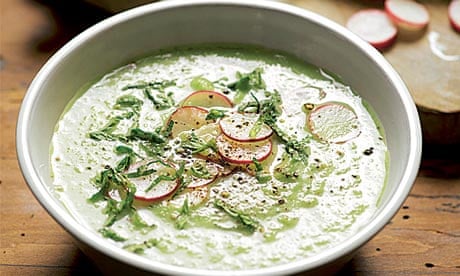

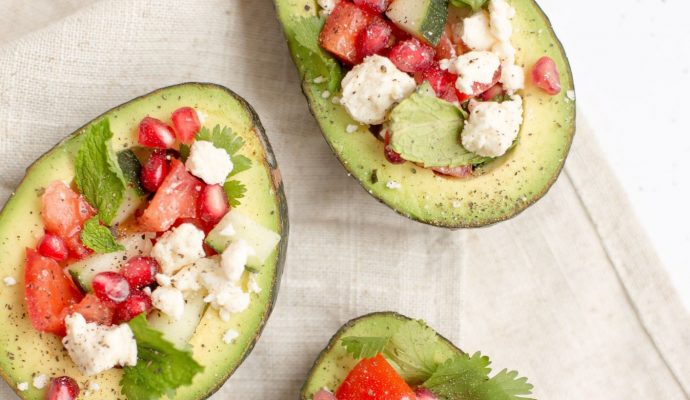
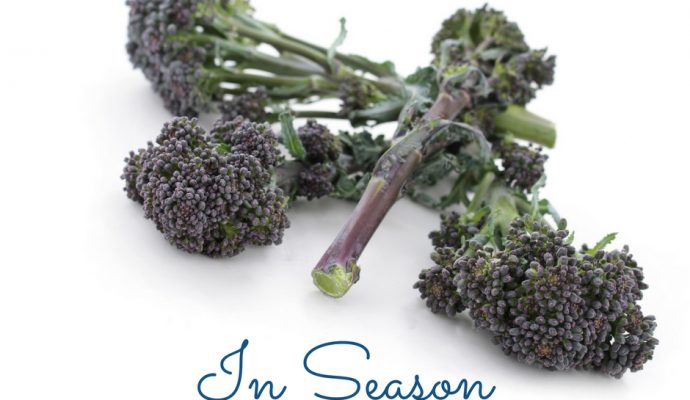

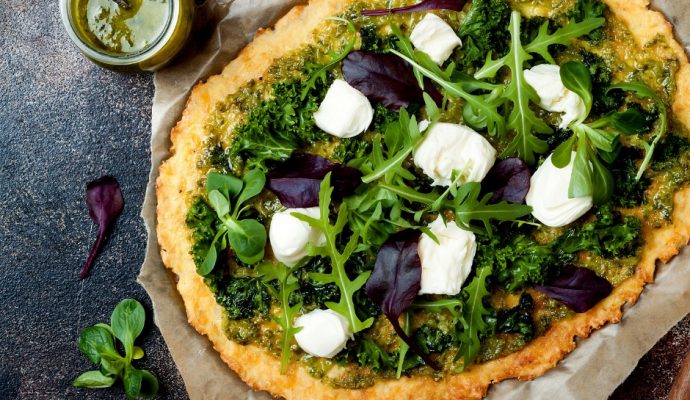
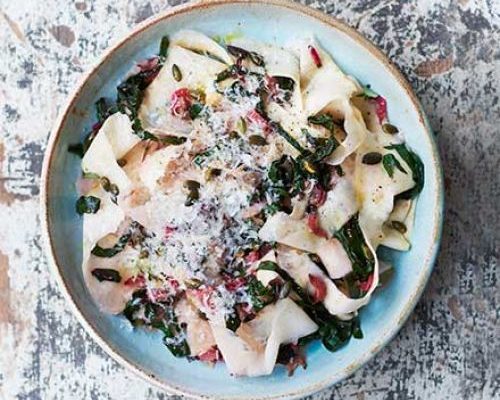
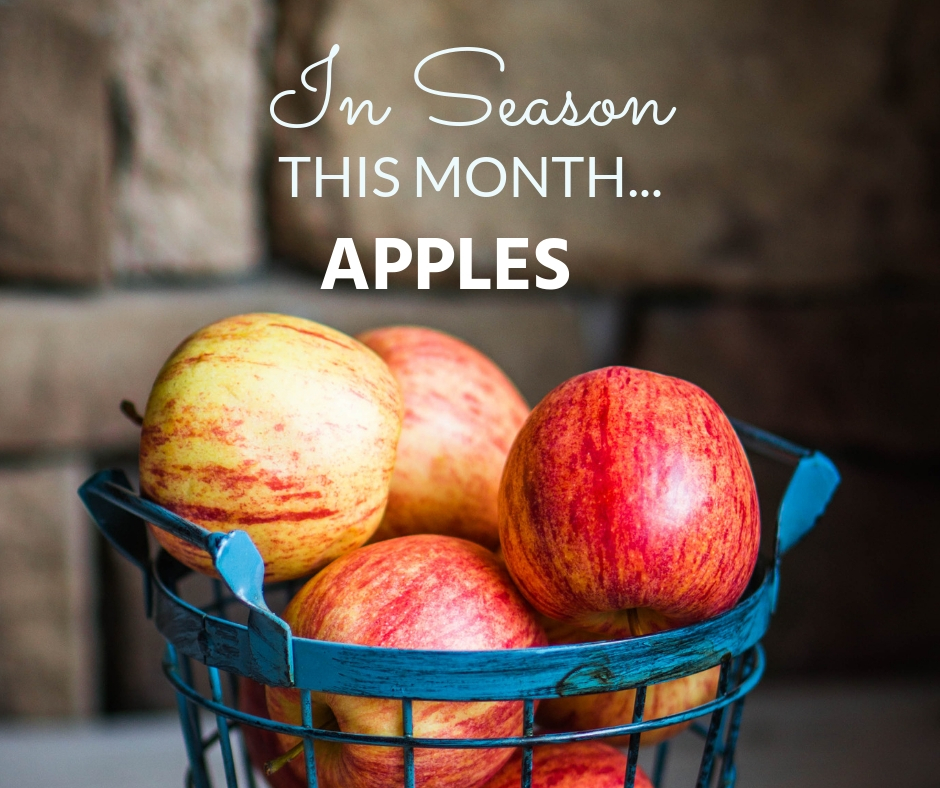
 Fruit and veg is good for you. No one would argue with that.
Fruit and veg is good for you. No one would argue with that.